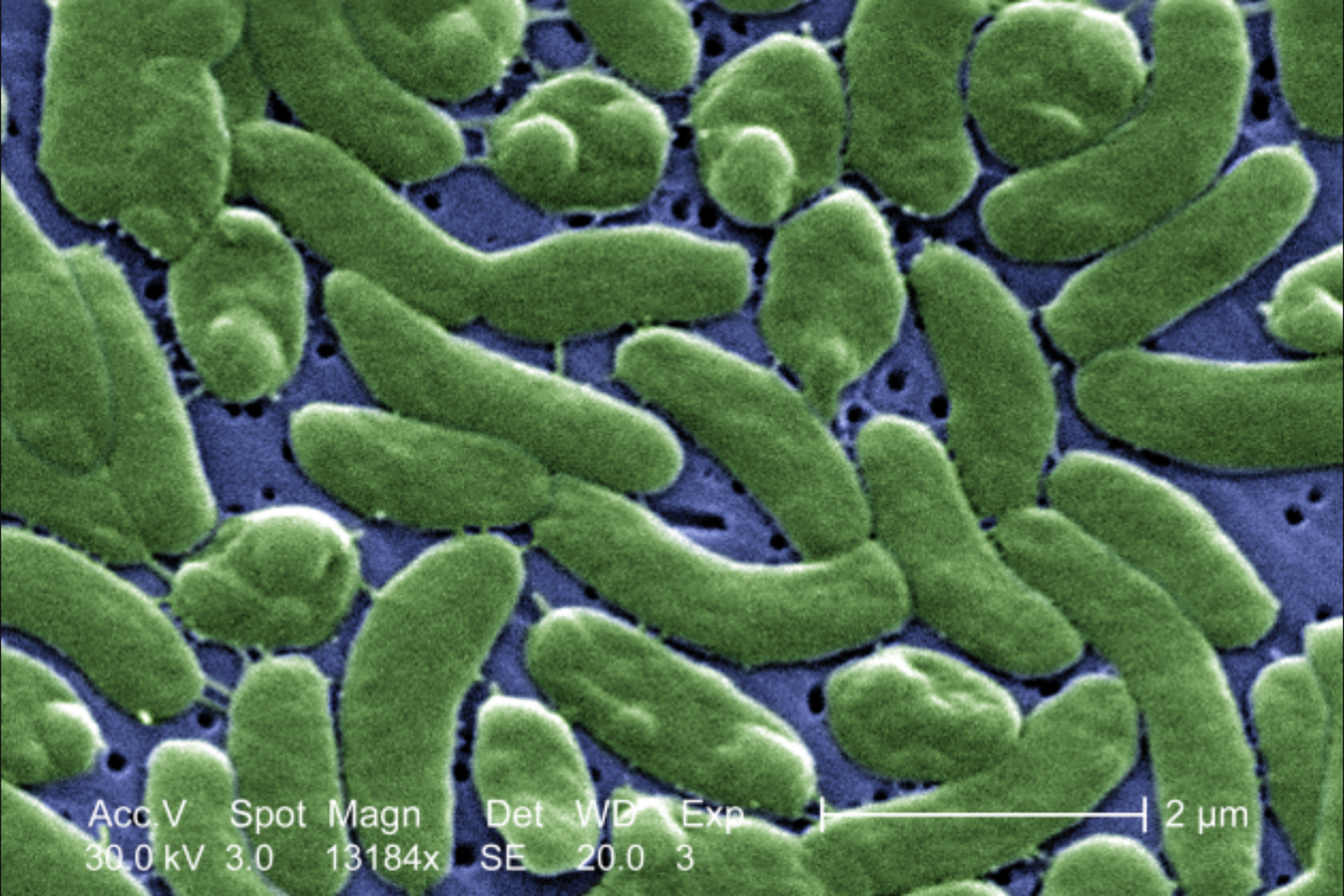CDC issues national health alert over flesh-eating bacteria
The Centers for Disease Control and Prevention (CDC) are warning doctors to be on the lookout for infections that could be caused by the dangerous flesh-eating bacteria Vibrio vulnificus according to a national health alert issued on September 1st.
Vibrio bacteria causes upwards of 80,000 illnesses in the United States each year but the flesh-eating strain of the Vibrio vulnificus is concerning the CDC as warmer sea surface temperatures have led to more severe cases of the infection CNN reported.
Photo Credit: Wiki Commons
"During July and August, as the US saw widespread heatwaves and above-average coastal sea surface temperatures, Connecticut, New York, and North Carolina reported more severe and fatal V. vulnificus infections," CNN's Jen Christensen explained in a report.
Photo Credit: Wiki Commons
At least five people have been killed by the bacteria in the states mentioned by Christensen and a study from earlier in 2023 predicted that Vibrio vulnificus might become more of a worry with rising sea temperatures.
According to a study published in the peer-reviewed journal Scientific Reports, the world can expect an explosion of Vibrio vulnificus as the oceans warm due to the effects of climate change.
The study’s authors noted Vibrio vulnificus prefers warmer waters with lower salt content and can lead to a devastatingly deadly illness if not properly managed after infection.
Photo Credit: Wiki Commons
“Vibrio vulnificus is an opportunistic bacterial pathogen,” the study’s authors wrote, “wound infections due to seawater exposure are infrequent but mortality rates are high.”
According to Smithsonian Magazine’s Janice Carr, Vibrio vulnificus typically enters the human body through cuts, open wounds, or even bug bites. The bacterium can also be accidentally ingested from undercooked seafood like oysters.
Most people’s bodies are able to fight the bacteria off but some elderly and younger infected can get seriously ill, so much so that they never recover or even lose their limbs.
“While the infections are still rare, mortality rates are high—about 18 percent,” wrote CBS News. “Most fatalities occur within 48 hours of exposure.”
The reason why those who get seriously sick with a Vibrio vulnificus infection tend to die is because of the way the bacteria attacks the body once it gains a foothold, necrotizing the skin around the infected area and almost guaranteeing amputation will be needed.
“Many people with Vibrio vulnificus infection require intensive care or limb amputations, and about 1 in 5 people with this infection die, sometimes within a day or two of becoming ill,” the Centers for Disease Control and Prevention wrote on their website.
“Some Vibrio vulnificus infections lead to necrotizing fasciitis, a severe infection in which the flesh around an open wound dies,” the Centers for Disease Control and Prevention added.
The scientists studying the potential growth of flesh-eating bacterium looked at thirty years of case data in order to develop a predictive model for the future.
The model was then used to simulate different future outcomes based on data from seven different Global Climate Models paired with the newest data from the Coupled Model Intercomparison Project, and the outlook was very bleak.
Within the next twenty years, the study’s authors expect flesh-eating bacterial infections will stretch northward from the Gulf Coast all along the Eastern United States.
According to CBS News, after seventy years Vibrio vulnificus could move as far north as the St. Lawrence River in Canada, which would mean that by 2100, upwards of ninety million to one hundred and twenty million people would be at risk of infection.
Treating infections would be the most problematic part of Vibrio vulnificus growth. The study’s authors predicted treatment would cost roughly $320 million dollars annually, which would make it “the most expensive marine pathogen in the USA to treat.”
“The projected expansion of infections highlights the need for increased individual and public health awareness in the areas affected,” wrote the study’s lead author Elizabeth Archer, adding that measures should be put in place now to avoid health consequences later.
Co-author Professor Ian Lake noted that the expansion of Vibrio vulnificus northwards was a clear sign that climate change is already having a significant impact on our lives, as well as our coastlines.
More for you
Top Stories

































